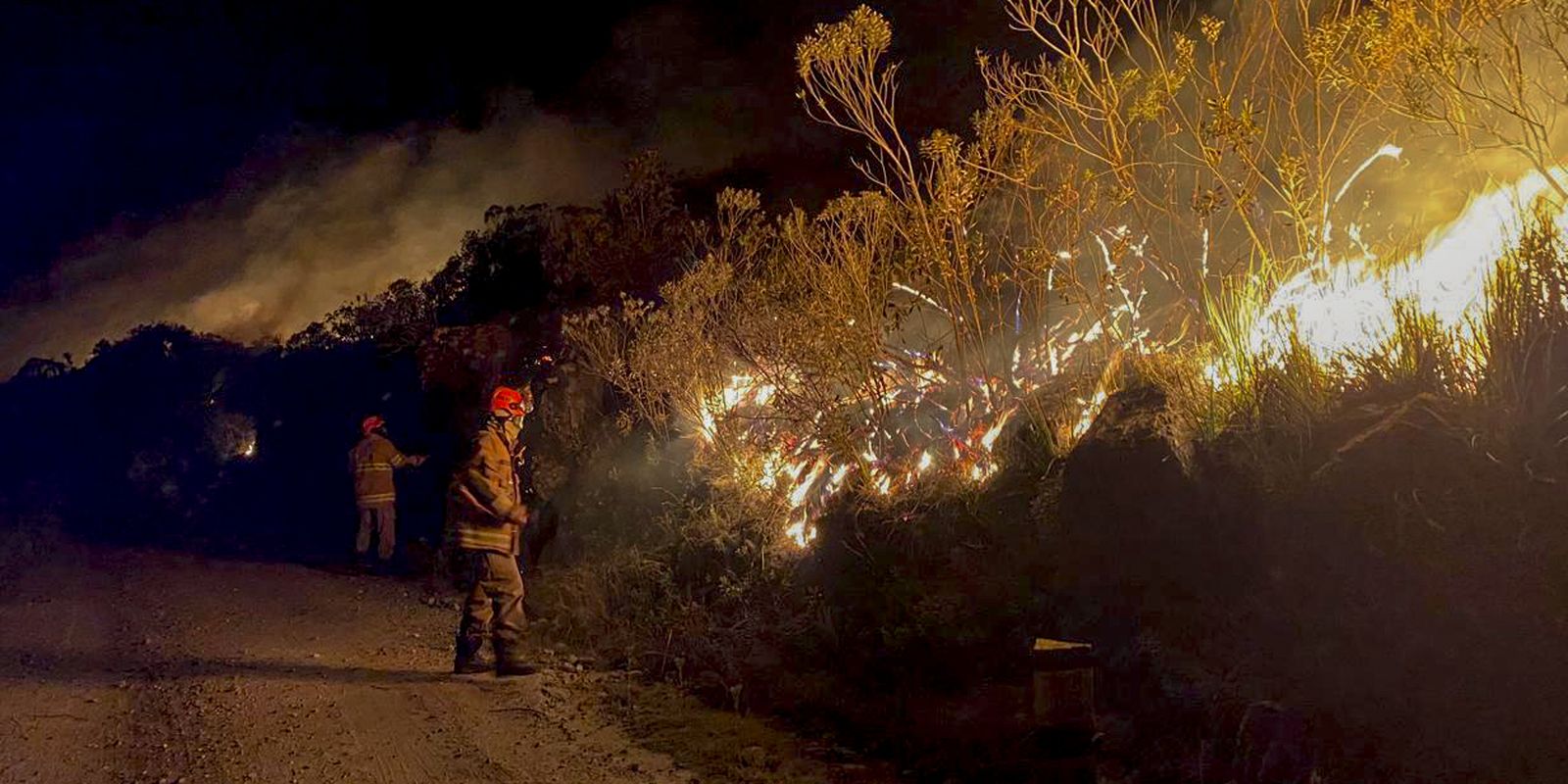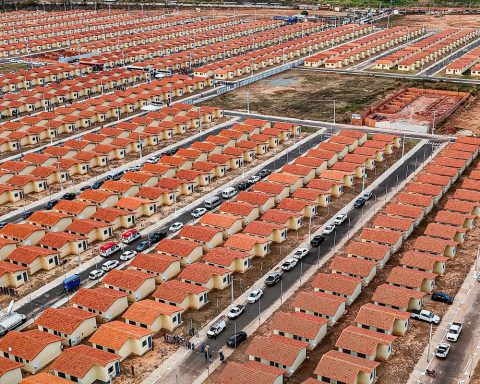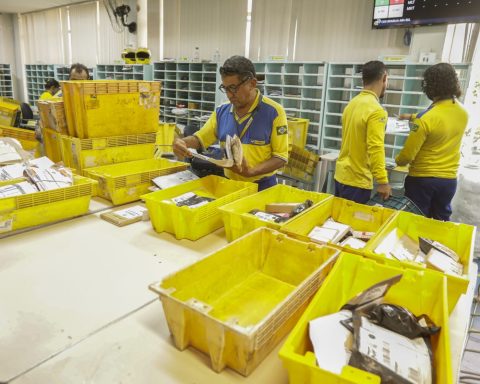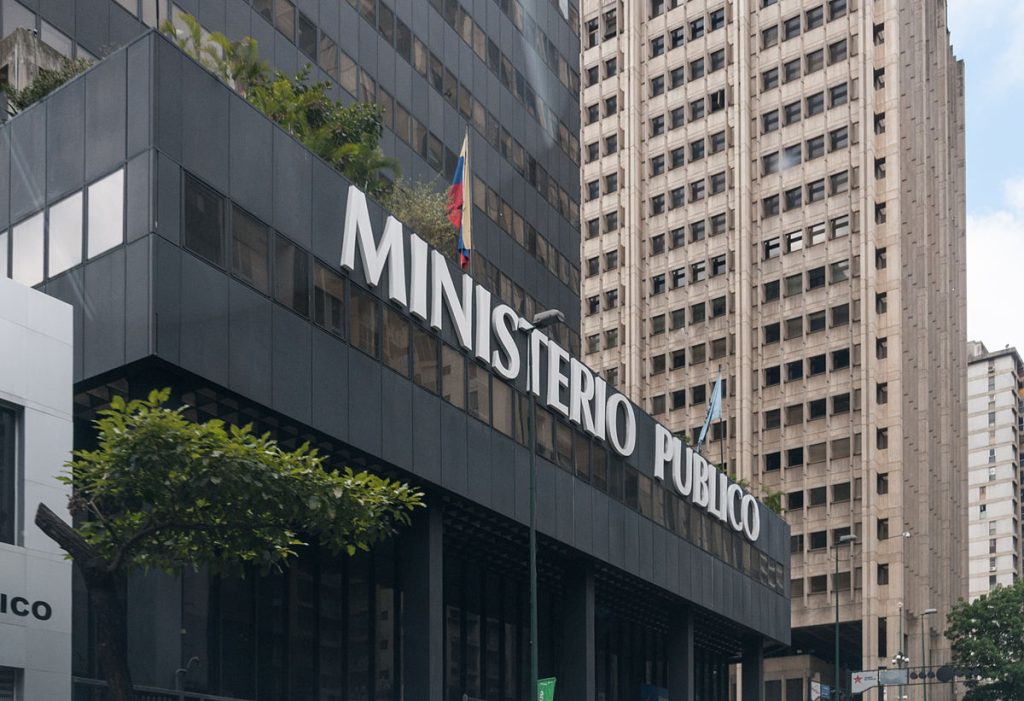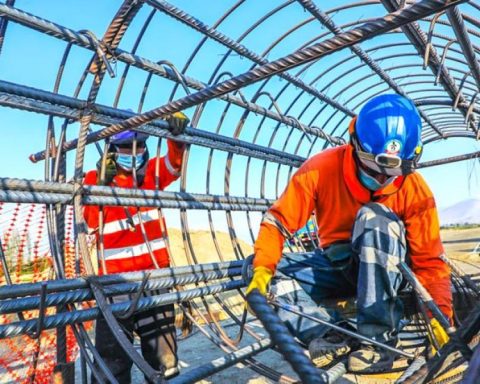The Rio de Janeiro Fire Department fought 460 fires this Thursday alone (12). Considering the period of a single day, this is the record of the year. Since the beginning of 2024, more than 16 thousand occurrences have been attended to.
About two weeks ago, data released by the corporation already pointed to an alarming increase in cases. Since the beginning of the year, a volume of occurrences 85% higher than in the same period in 2023 has been recorded. The cities of Rio de Janeiro (4,513), São Gonçalo (569) and Duque de Caxias (561) were at the top of the list. ranking of the most affected, followed by Maricá, Nova Iguaçu, Niterói, Araruama, Nova Friburgo, Campos dos Goytacazes and Volta Redonda.
In some cases, the fires are occurring close to communities. Firefighters are battling flames, for example, in Pedra Branca State Park, on the slope facing Realengo, in the western part of the capital. The fire has also spread to the forest of Morro das Andorinhas, in Niterói, causing concern among residents.
In the Serra dos Órgãos National Park, in the mountainous region of the state, fighting fires has also required efforts. The conservation unit, which covers areas of the municipalities of Guapimirim, Magé, Petrópolis and Teresópolis, has the largest network of trails in Brazil. It is also one of the most sought-after places for mountain sports, such as climbing, hiking and rappelling. The Chico Mendes Institute for Biodiversity Conservation (ICBMBio), which manages the park, has had to mobilize its firefighters on several occasions since last month.
“On the night of September 10, a forest fire caused by criminal causes broke out in the Caxambu region, reaching the Cobiçado x Ventania crossing. The firefighting brigade of the Serra dos Órgãos National Park is active, but the dry climate, the region’s terrain and strong winds make control more difficult. We ask that you avoid accessing the Morro do Cobiçado and Ventania areas. These regions become very dangerous in the presence of fire and need to be isolated so that firefighting can be carried out safely and effectively,” states the most recent report released by the unit’s administration through its social networks.
Data from satellite monitoring carried out by the National Institute for Space Research (INPE) endorses concerns in the state. Since the beginning of the year, 840 fire outbreaks have been detected. This is the highest number of occurrences ever recorded in a single year since 2017, when there were 959 records. It is a record that can still be surpassed, since September and October are months with a high historical average of forest fires.
In August alone, 240 fires were detected in Rio de Janeiro. This is the highest number recorded for the month since 2010, when there were 355 occurrences. In September, INPE has already identified 135 forest fires within the state.
Excessive fires in Brazil have resulted in a drop in air quality in several regions, generating health concerns of the populations. In recent weeks, images showing landscapes covered in smoke in some capitals have gone viral on social media, like BrasiliaSão Paulo and Belo Horizonte. In some cities in the interior of the state of Rio de Janeiro, the smoke also shocked residents. This occurred, for example, in the mountainous region, where cities such as Petrópolis and Teresópolis are located.
Experts have pointed out that ecosystems are more vulnerable to fires during times of drought, like the one the country is facing. This scenario may be influenced by different factors, such as global warming driven by human action and the effects of the El Niño climate phenomenon, followed by La Niña.
However, despite the dry climate making forested areas more susceptible to fires, their origin is most often related to human behavior. According to the Rio de Janeiro Fire Department, in 95% of cases, the flames are started by human action, whether accidentally or intentionally. Investigations are already underway in several parts of the country that are looking into evidence of arson. Arrests have already been made in recent days, for example, in the states of São Paulo and from Goiás.
State investments
In the midst of this scenario, the government of Rio de Janeiro changed the command of the State Secretariat of Civil Defense. Tarciso Salles took over from Leandro Monteiro, and the creation of a crisis cabinet to combat the flames. Fired at the beginning of the month, the former secretary lamented the million-dollar cut in resources aimed at combating forest fires.
“R$90 million were allocated for the corporation to invest in vehicles and equipment to fight forest fires. Unfortunately, in the last ten days, I was informed that this support was canceled”, said Monteiro in his speech during the ceremony that sealed the transfer of the position to Tarciso Salles, this Thursday (12), an event that was attended by Governor Cláudio Castro.
The funds were reportedly released by the State Secretariat for the Environment and Sustainability during the period in which the head of the department was Vice-Governor Thiago Pampolha. He held the position until March of this year, when he was dismissed and replaced by Bernardo Chim Rossi.
When questioned at the end of the ceremony, Cláudio Castro considered that the Fire Department has sufficient resources and downplayed the cut. “It was an administrative matter, you have to understand what it was. But the firefighters have nothing to lose. More than R$1 billion was invested during my administration.”
Air quality
Amid the large number of fires, a bulletin from the State Environmental Institute (INEA) released at 5 pm this Thursday (12) records impacts on air quality. The situation is worse than it was three days ago. Of the 57 stations spread across the municipalities of Rio de Janeiro, only 16 recorded good air quality. In the bulletin from Monday (9), 28 stations detected good conditions.
The number of locations where air quality was considered moderate rose from 26 to 31. Those where the condition was poor rose from three to nine. As in Monday’s report, the new survey indicates that there are no stations that detected very bad or very bad conditions.
The decline in air quality can leave the population susceptible to a range of symptoms such as dry cough, tiredness and burning in the eyes, nose and throat. Children, the elderly and people with respiratory or heart diseases may be more affected.
In dry climate scenarios and with smoke in the atmosphere, the Ministry of Health recommends increasing water and liquid intake, staying indoors for longer periods of time if possible with air conditioning or air purifiers, and suspending outdoor physical activities, especially between 12 pm and 4 pm, when ozone concentrations are highest.
The use of surgical masks, cloth masks, scarves or bandanas to reduce exposure to coarse particles is also recommended, especially for populations living close to areas where fires are occurring.
